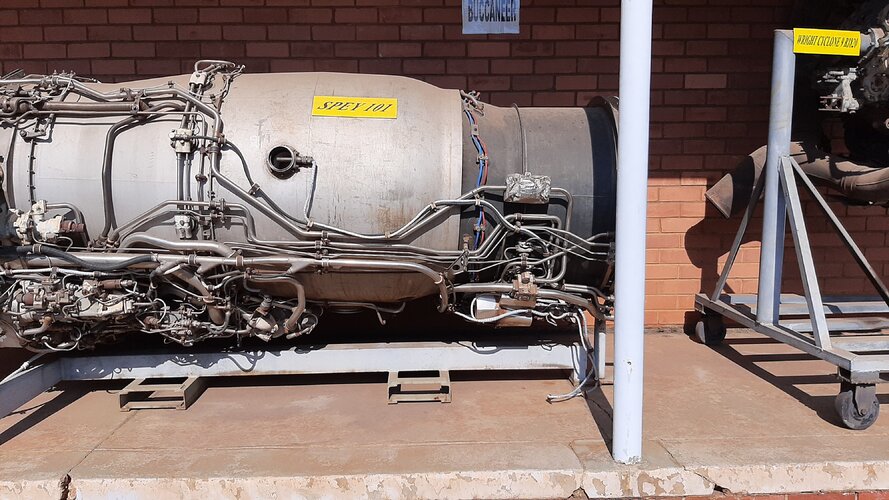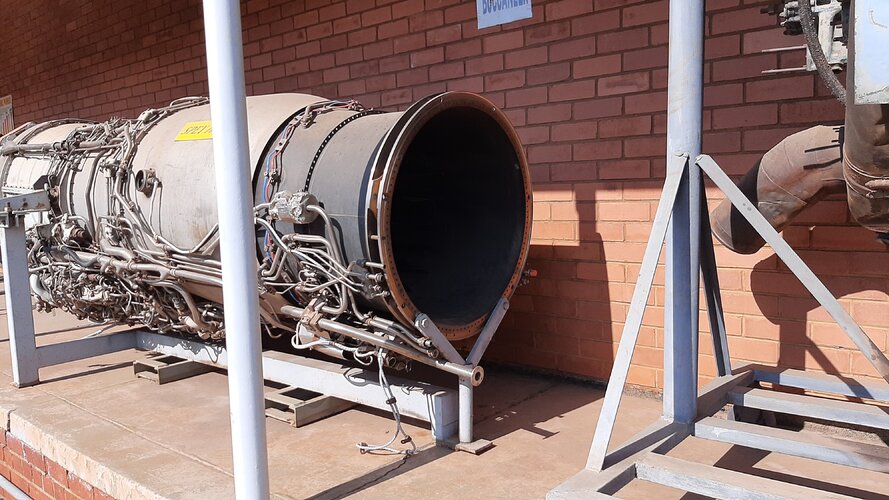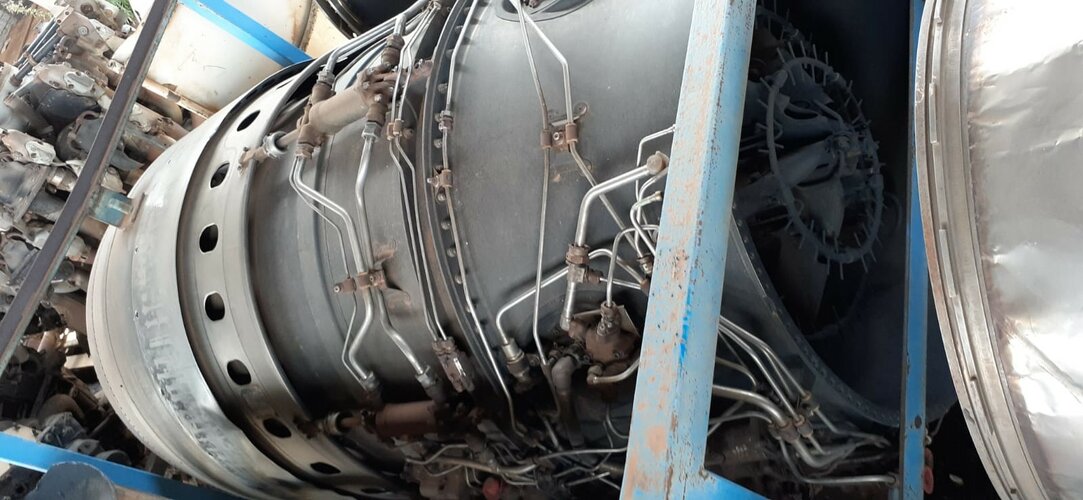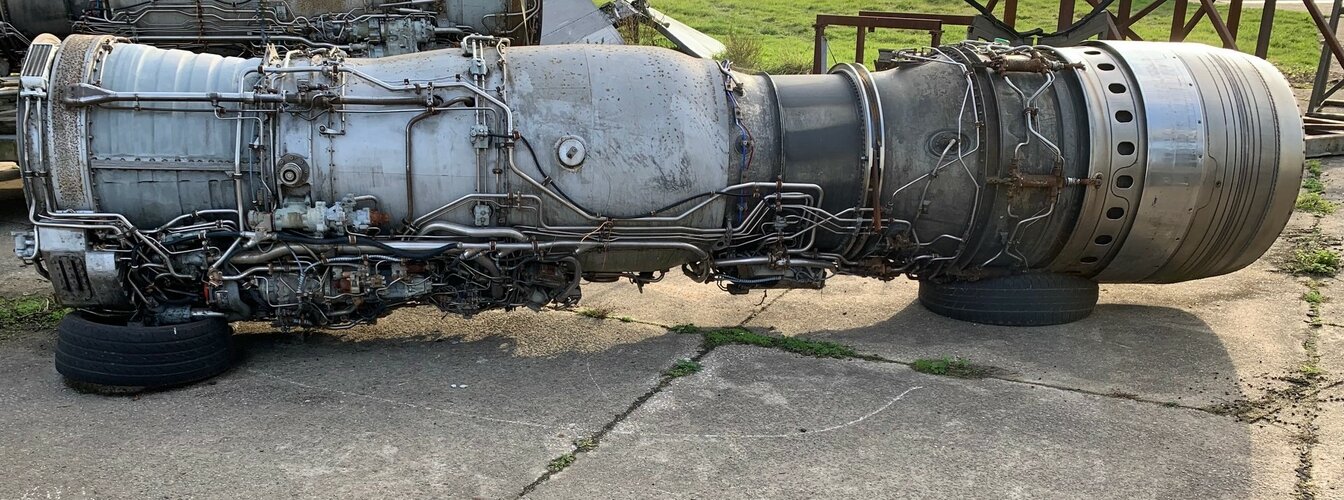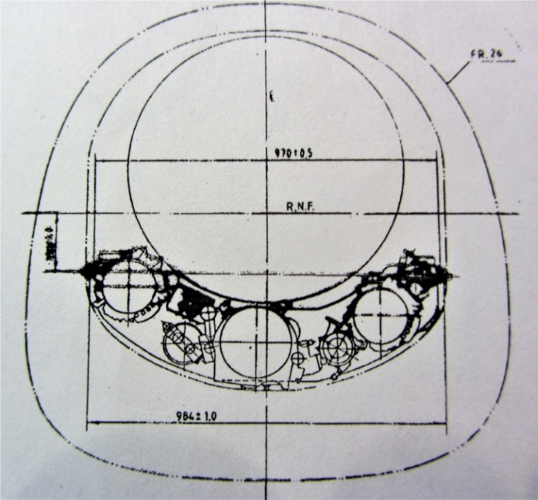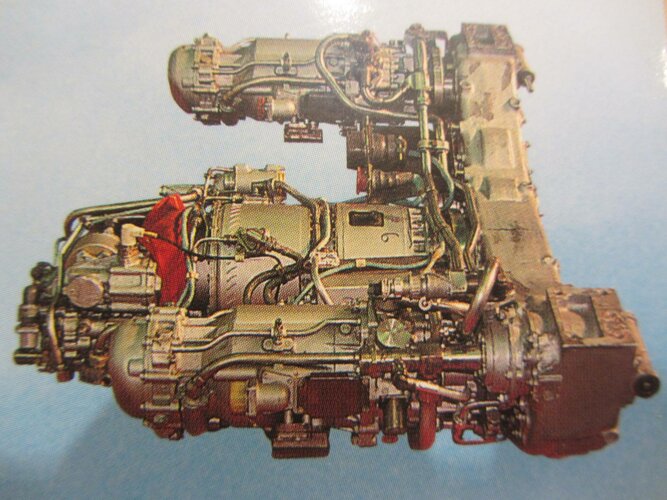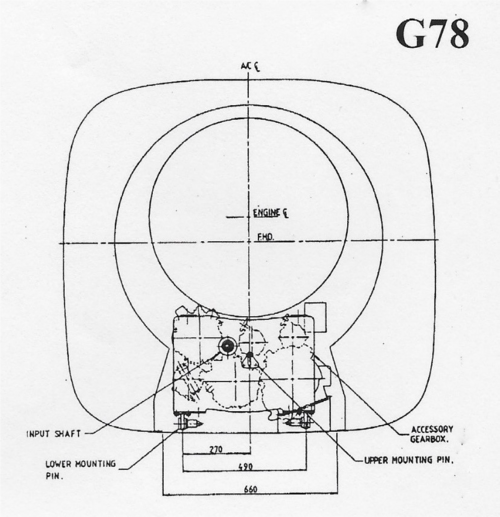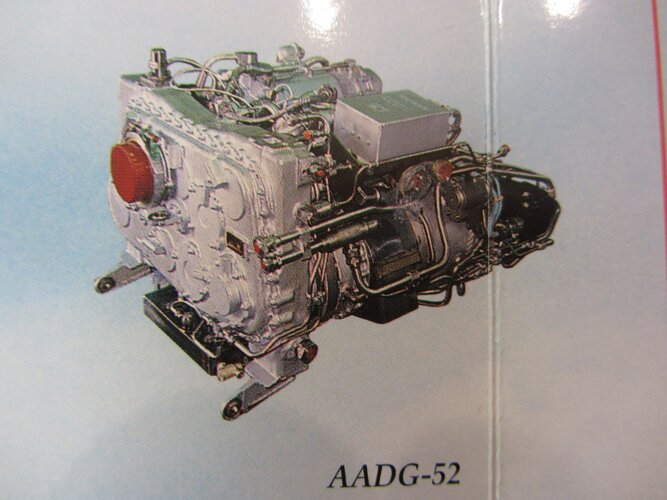Hi kaiserbillI think we are talking official.
The fibreglass display model of the twin engined model is an official model, but as stated, is really giving an idea of what the twin engined model looked like, as opposed to a developed wind tunnel model.
That drawing above is a non-official extrapolation of the fact that when the project moved from a single engined model to a twin, various configurations were looked at.
These looked-at configurations included single and twin vertical stabilisers.
From the shape and overall layout, the twin-engined variant was in the Mirage 4000 size category, whilst the single engine was in the Mirage 2000 size category..but perhaps marginally bigger due to the requirement for greater range needed by South Africa considering the much larger theatre they were operating in.
In any event, the displayed model of the twin engined variant is only one of the models.
It has been stated by some who have seen them, that there were definitely single and twin vertical stabiliser models.
It is a beautiful looking design either way.
Edit: Thorn..could you not perhaps tap into some of your previous contacts from your previous work in another life and find out more?
Regarding the edit. I think that I have a good idea, but check out my conversation with you just to make sure... .



